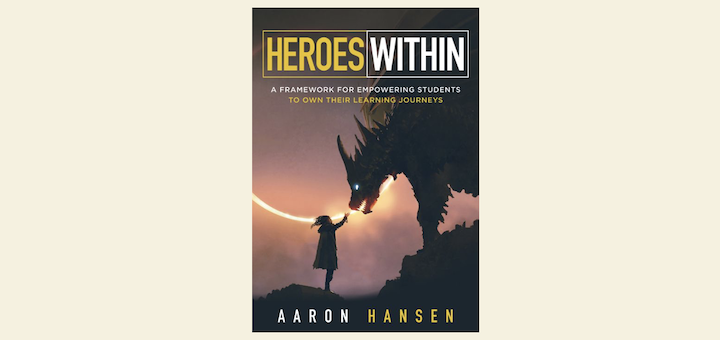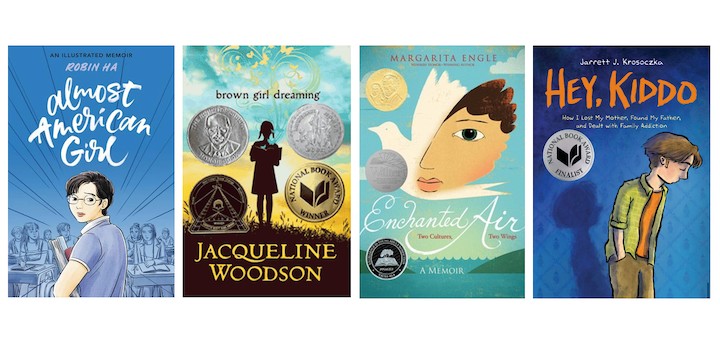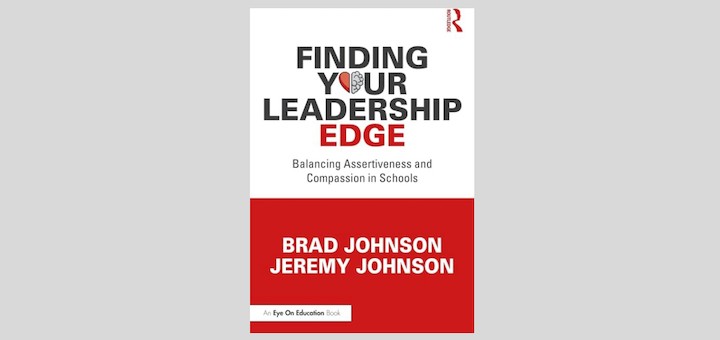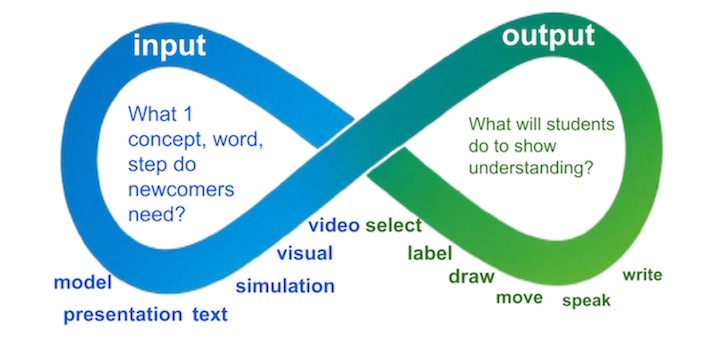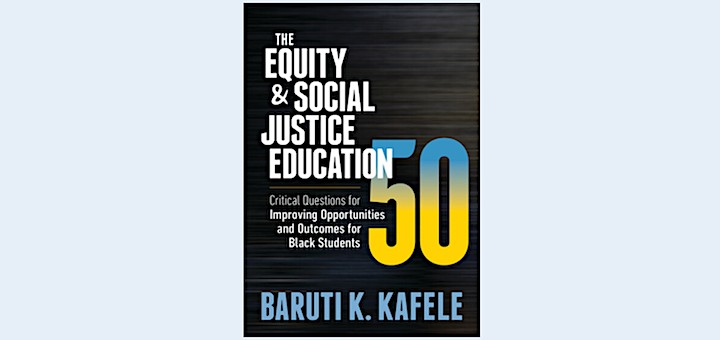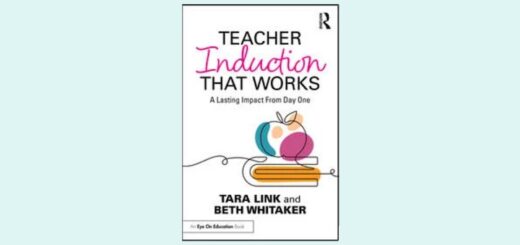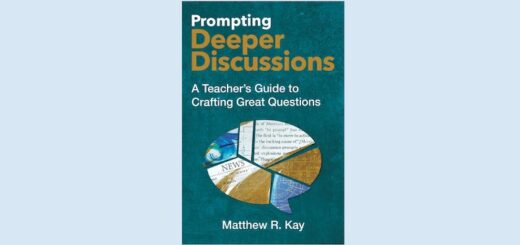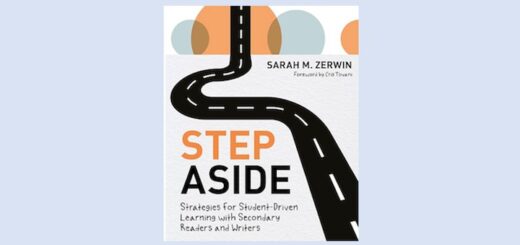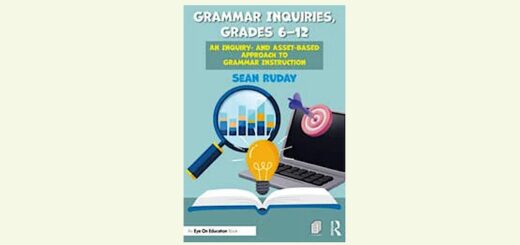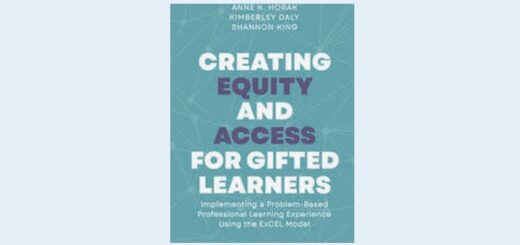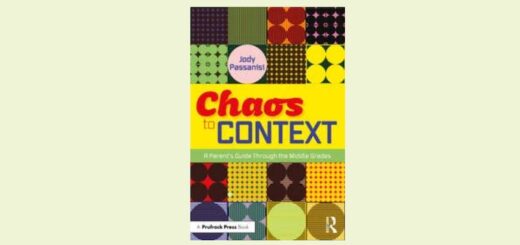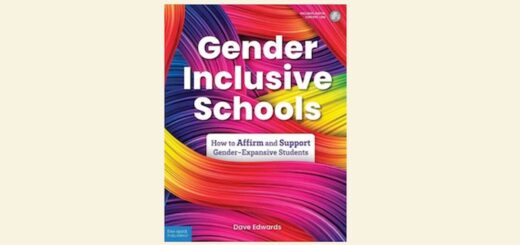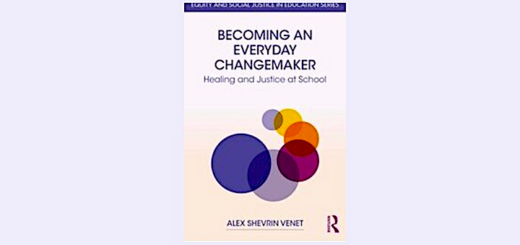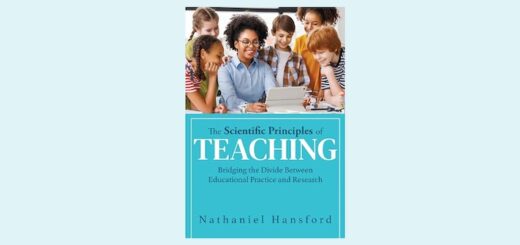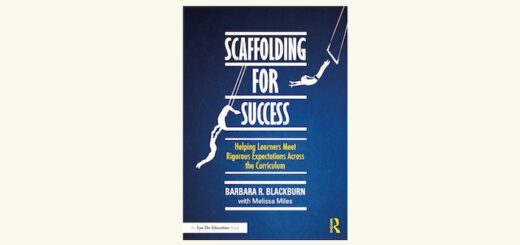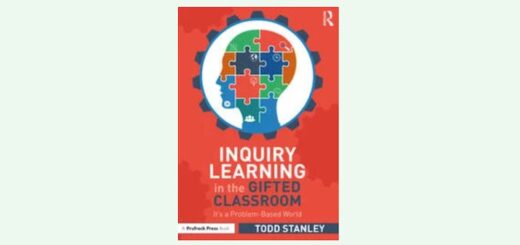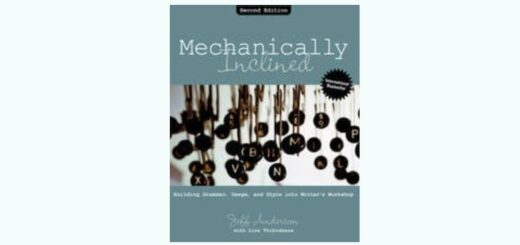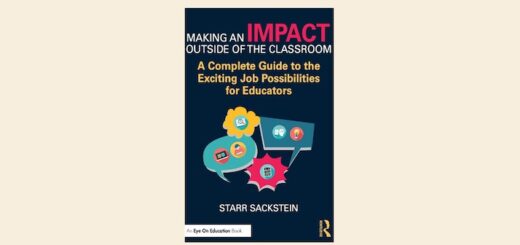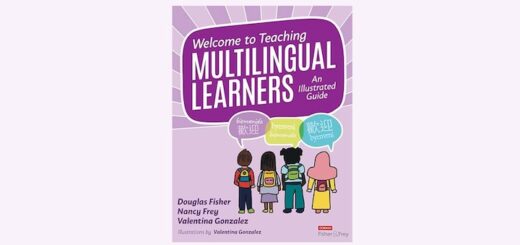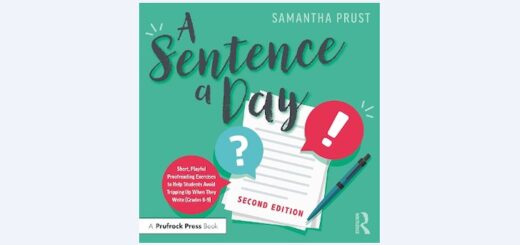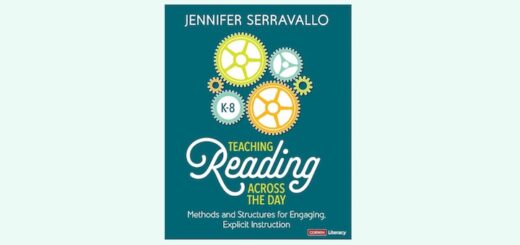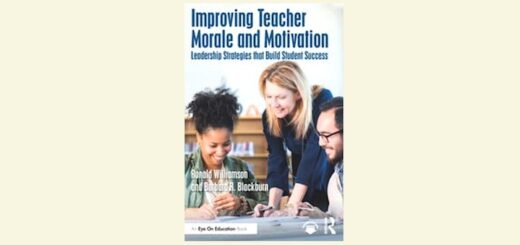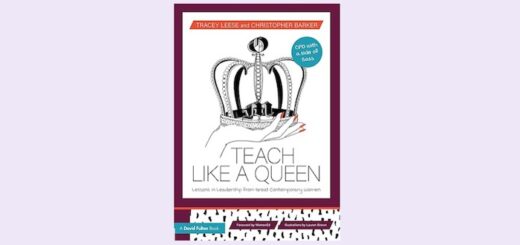Teaching and learning in grades 4-8
Stephanie Farley has come to realize that she’s a hybrid kind of person – she enjoys the blurring of traditional lines between categories. Here she shares how she uses elements of fiction to help students conceptualize and improve their nonfiction writing. And vice versa.
The most important step in learning to solve math word problems is reflection, writes math coach Mona Iehl, “yet it’s often overlooked or sacrificed for the sake of time.” Iehl shares her workshop approach to problem solving and how she builds quick reflections into her lessons.
Aaron Hansen provides a vision and guidance for a student centered approach to learning, backed by practical strategies and real-world examples. While the journey to implement these changes may be challenging, the potential rewards are immense, writes educator Melinda Stewart.
Exploring human experiences through personal stories promotes discussions that focus on facts and individual realities rather than generalizations and stereotypes and helps students develop empathy, compassion and understanding, writes Kasey Short. Reading suggestions included!
Effective questions build in opportunities to scaffold student learning. Teaching coach Barbara R. Blackburn suggests creating questions that encourage multiple answers, include hints and context, allow students to help each other, and provide a clear indicator of success.
A librarian introduces Mary Tarashuk’s 4th graders to The Christmas Menorahs: How a Town Fought Hate. Mary builds on the true story, taking its cross cultural message to social studies and ELA, and applies its story of rededication to her own teaching.
Beginning with reflective exercises to help readers identify their leadership tendencies, Brad and Jeremy Johnson offer a nuanced exploration of the tension between assertiveness and compassion in school leadership and then provide actionable strategies to achieve balance.
Kathie Palmieri has been exploring the significance of vocabulary and the use of context clues to decipher meaning across all the core subject areas. After researching and working with her own students, she shares her findings on the impact of word study on academic success.
Chunking alone won’t help multilingual learners with the deluge of new content they experience. Tan Huynh shares the Input-Output Loop, a strategy to make chunking more effective by assuring immediate processing time and segmenting content into units students can internalize.
Baruti Kafele’s motto,”If it impacts the students, we must be willing to discuss it,” really sums up what this book covers and what equity and social justice work is all about. We cannot continue with business as usual and think we will have better outcomes, writes Claire Stein.



